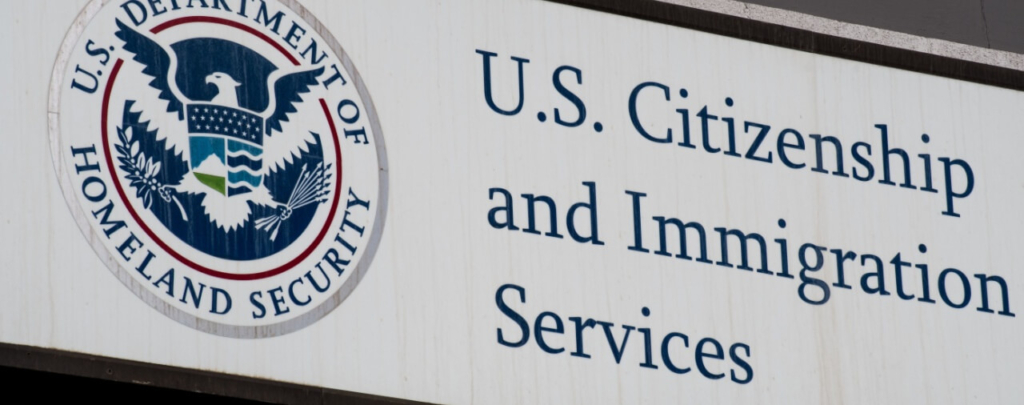I posted a blog [see blog] a couple of weeks ago about the United States Court of Appeals for the Fifth Circuit’s decision to uphold a preliminary injunction against the imposition of the Deferred Action for Parents and Lawful Permanent Residents (DAPA) Program. Unsurprisingly, the federal government filed a petition for a writ of certiorari (cert) with the United States Supreme Court [PDF version], asking the Supreme Court to vacate the preliminary injunction and uphold its authority to implement DAPA [see blog].1 As I discussed in my blog about the Fifth Circuit decision [PDF version], I believe that both the District Court and the Fifth Circuit were correct in granting Texas the preliminary injunction against the implementation of the DAPA program. In this post, I will provide a brief overview of the government’s arguments followed by my thoughts at the end of the article.
The Government’s Arguments
At the root of many of the government’s arguments is the claim that the DAPA program is indistinguishable from other smaller deferred action programs. As I explained in my previous post [see blog], the Fifth Circuit held that DAPA is, in fact, distinguishable from the deferred action programs that the federal government has cited as precedent for DAPA.
In asking the Supreme Court to grant cert and review the case immediately, the government made three central arguments.
I. Texas does not Have Article III Standing
The government argues that Texas2 does not have standing to bring this suit. The main thrust of the government’s argument is that nothing in DAPA compels Texas to grant to beneficiaries of DAPA the benefits that Texas cited as burdens to the state. Thus, the government argued that Texas cannot show a “cognizable injury” that affects it in an “individual way” that is “fairly … traceable” to the DAPA program.3 Furthermore, the government argues that the Fifth Circuit’s decision sets a dangerous precedent by allowing states to use costs incurred in implementing their own laws, not mandated by the federal government, to claim injury incurred as a result of federal government policies that are the exclusive province of the federal government.
Similarly, the government argues that Texas does not have a claim under the Administrative Procedures Act (APA). The government contends, based upon 5 U.S.C. 702, that judicial review under the APA is limited to plaintiffs who are “adversely affected or aggrieved by agency action within the meaning of a relevant statute.” The government argues that Texas’ claim of injury is based on the costs incurred by Texas in implementing its own state laws, and that this does not satisfy section 702 which would entitle Texas to participate in notice and comment. Furthermore, the government argues that the APA bars the suit because deferred action is a decision that is “committed to agency discretion by law.”4 Because of this, the government argues that deferred action is not subject to judicial review.
II. The Secretary of the Department of Homeland Security (DHS) Had Authority to Issue the DAPA Memo [PDF version]
The government argues that it has ample statutory authority to grant deferred action. Firstly, the government argues that the Congress has not placed constraints on the discretionary authority Secretary of DHS to grant deferred action. In fact, the government argues that Congress has protected deferred action from judicial intervention.5 The government argues that it has discretionary authority to grant employment authorization to aliens who have been granted deferred action.6
Secondly, the government rejects the Fifth Circuit’s holding that parents are ineligible as a class to benefit from DAPA because deferred action is, by definition, for those who lack lawful status and would be otherwise removable. Thus, according to the government, that parents would not be eligible for permanent residency or cancellation [see article] has no negative effect on their eligibility for deferred action.
III. The DAPA Guidance is Exempt from Notice and Comment
The government rejects the finding that DAPA is subject to notice and comment because it is a “general statement of policy” [exempt under 5 U.S.C. 533(b)(A)] and not a binding rule. The government faults the District Court and the Fifth Circuit for speculating whether individual DHS officials would be free to exercise discretion under DAPA, contending that the proper question is whether the guidance is within the Secretary of DHS’ discretion. In any case, the government also rejected the Fifth Circuit’s holding that individual DHS officials would likely not be able to exercise real discretion, both based upon the language of the DAPA Memo and the fact that the policy has not yet been implemented.
IV. The Case Warrants Immediate Review by the Supreme Court
The government argues that the Supreme Court should review the case immediately, despite it still being in the pre-trial stage, because the preliminary injunction interferes with the Secretary of DHS’s exercise of discretion and prevents the implementation of his discretionary policy, which many states support. The government also appeals to humanitarian considerations for the many aliens who are left in limbo by the temporary injunction, and the danger that the Fifth Circuit’s reasoning could also cast a cloud over the Deferred Action for Childhood Arrivals (DACA) [see blog] program. Finally, the government argues that the Supreme Court should grant cert because this issue is unlikely to be heard by another Circuit.
My Analysis
For reasons that I discussed in my blog on the Fifth Circuit’s upholding of the preliminary injunction, I believe that Texas is right as a matter of law. Not surprisingly, I am unpersuaded by the content of the government’s cert petition. In particular, the government’s argument that DAPA is analogous to individual instances of deferred action, or far more limited uses of deferred action programs, is not compelling, and it is upon that premise that many of the government’s arguments rely. Unlike the federal government, I do not believe it is urgent for the Supreme Court to intervene immediately in this case in order that DAPA may be implemented before President Obama leaves office. However, if the Supreme Court grants cert, I hope that they will follow the sound reasoning of the Fifth Circuit and ultimately find that the federal government has overstepped its statutory authority.
- United States v Texas (Docket 15-674)
- The government argued that none of the states suing along with Texas have standing either. I will use “Texas” in this article, however, because both the District Court and the Fifth Circuit only found that Texas has standing, and did not reach the question for the other 25 other states in the suit.
- Citing Arizona Christian Sch. Tuition Org. v. Winn, 131 S.Ct. 1436, 1442 (2011)
- Citing 5 U.S.C. § 701(a)(2)
- Citing 8 U.S.C. § 1252(g)
- Citing 8 U.S.C. 1103(a)





